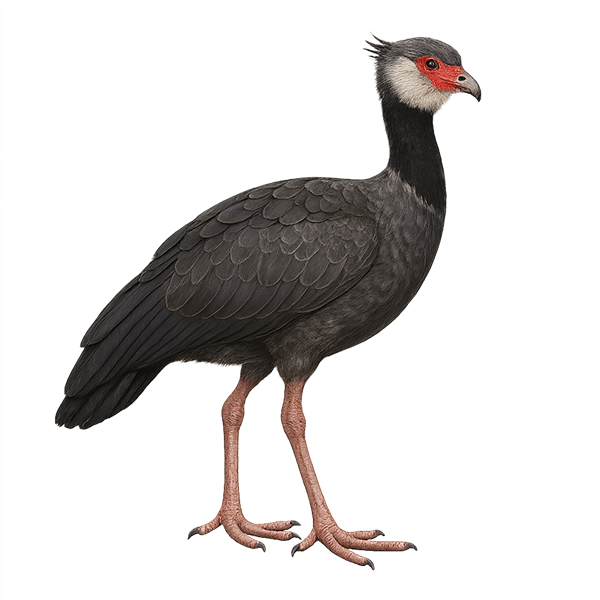Your wildlife photography guide.
Explore the northern screamer in detail, study its behavior, prepare your shots.
Where to observe and photograph the northern screamer in the wild
Learn where and when to spot the northern screamer in the wild, how to identify the species based on distinctive features, and what natural environments it inhabits. The WildlifePhotographer app offers tailored photography tips that reflect the northern screamer’s behavior, helping you capture better wildlife images. Explore the full species profile for key information including description, habitat, active periods, and approach techniques.
Northern Screamer
Scientific name: Chauna chavaria

IUCN Status: Near Threatened
Family: ANHIMIDAE
Group: Birds
Sensitivity to human approach: Suspicious
Minimum approach distance: 10 m
Courtship display: November to January
Incubation: 42-45 jours
Hatchings: December to February
Habitat:
Marshes, wetlands, lakes
Activity period :
Primarily active during the day, with peak activity in the morning and late afternoon.
Identification and description:
The Northern Screamer, or Chauna chavaria, is a waterbird from the Anhimidae family, mainly found in Colombia and Venezuela. This bird is recognizable by its dark gray plumage, long legs, and piercing call that echoes through the marshes and wetlands it inhabits. The Northern Screamer is an excellent swimmer and primarily feeds on aquatic plants. It is often seen in pairs or small family groups. Although its appearance is imposing, it is relatively not very shy and can be approached with caution. Its population is currently stable, but habitat destruction remains a potential threat.
Recommended lens:
400mm – adjust based on distance, desired framing (portrait or habitat), and approach conditions.
Photography tips:
To photograph the Northern Screamer, it is advisable to use a telephoto lens of at least 400mm to capture detailed images without disturbing the bird. Approach slowly and maintain a distance of about 10 m to avoid scaring it. The best photo opportunities occur early in the morning or late afternoon when the light is soft and the bird is active. Focus on wetlands where it feeds to get natural and dynamic shots.
The WildlifePhotographer App is coming soon!
Be the first to explore the best nature spots, track rutting seasons, log your observations, and observe more wildlife.
Already 1 432 wildlife lovers subscribed worldwide

